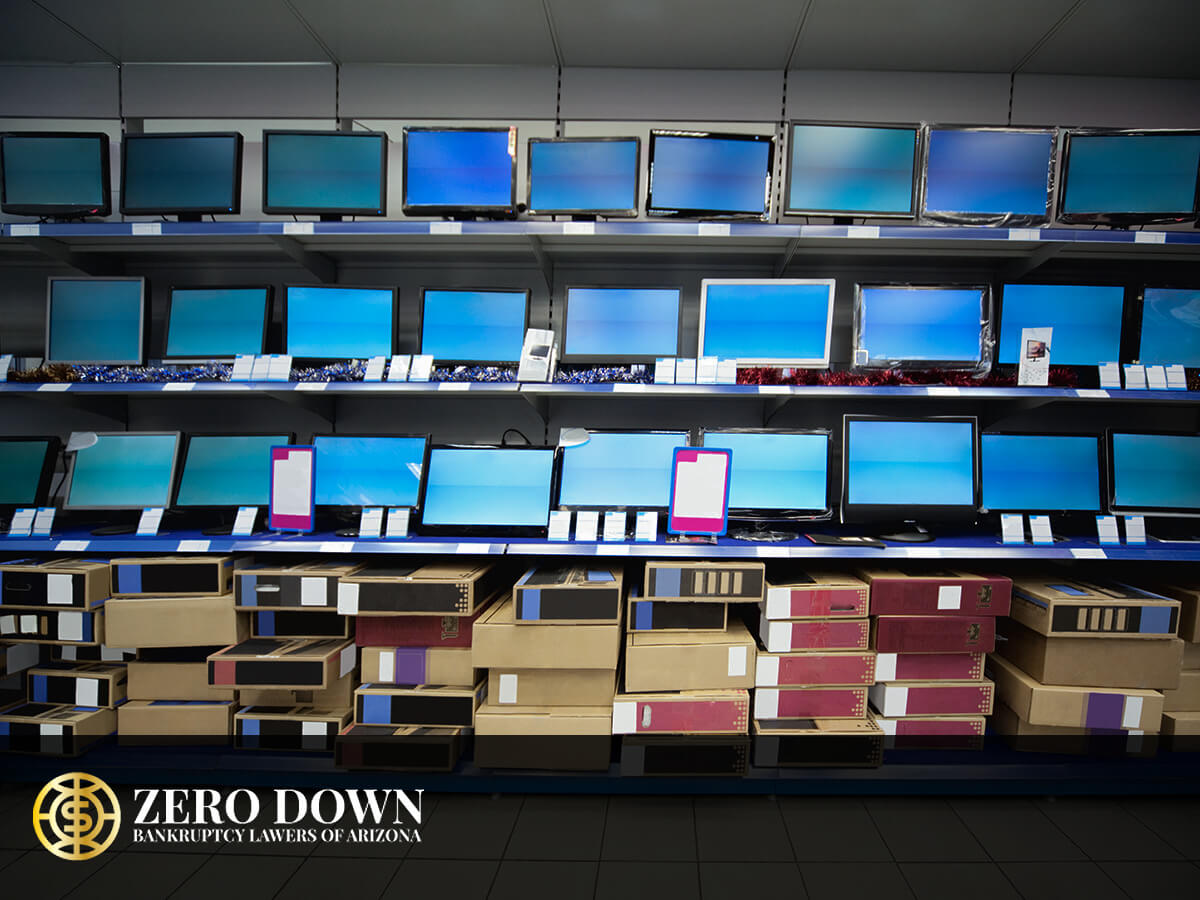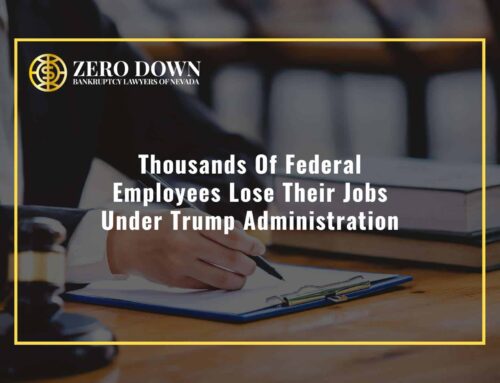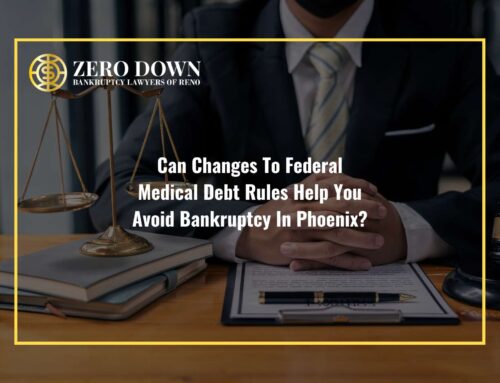Electronics Store Files For Chapter 11 Bankruptcy Due To COVID-19 Pandemic
The coronavirus pandemic has claimed yet another business victim- Fry’s Electronics. The tech superstore has been a favorite of computer enthusiasts for almost 36 years. It is known for its themed locations, such as the alien invasion theme location in Burbank, California. On February 24, 2021, the San Jose-based electronics chain filed its Chapter 11 bankruptcy petition in court. While many of the major businesses that have declared bankruptcy due to the pandemic have filed Chapter 11 in a bid to return the business to profitability, Fry’s Electronics has announced that it is officially going out of business.
Fry’s Electronics Locations in Arizona
Fry’s Electronics has 31 locations across 9 states. Two of these locations are in Arizona, specifically in Phoenix and Tempe. The company has announced that it is beginning the “wind down” process, but has not given any details or specific time frame. The company has warned customers to expect delays in response to inquiries, as many people will be clamoring to pick up orders and electronics dropped off at stores for repairs. If you have an item that needs to be picked up from the Phoenix or Tempe Fry’s Electronics locations, you can email [email protected].
How This Bankruptcy Filing Differs From Other Business Bankruptcies
Several businesses have declared bankruptcy due to Covid-19, including JCPenney, J. Crew, Gold’s Gym, Hertz, and more. What these companies have in common is that they are using Chapter 11 bankruptcy to reorganize debts, possibly change the business, and continue operating. Some of these companies are downsizing, closing numerous locations and selling inventory, but will otherwise keep running most as usual.
This may leave you wondering how it is possible for a business to declare bankruptcy but continue running, eventually making a profit again someday. Chapter 11 operates far differently than the two most common types of consumer bankruptcy, Chapter 7 Bankruptcy and Chapter 13 Bankruptcy.
In a standard Chapter 11 bankruptcy, creditors are highly involved in the filing. The creditors with the highest balances will form a panel that has authority over several relevant decisions at this point. Any major financial decisions the company wants to make- like closing or opening locations, starting or ending business contracts, etc.- must be approved by the creditor panel during the bankruptcy. However the company plans to restructure its debt will be voted for approval by the panel as well. The creditor panel may even suggest its own restructuring plan if the company’s proposal is rejected. There are small business provisions available for Chapter 11 that eliminate the creditor panel, as well as other requirements.
There are several ways a business can restructure its debts in Chapter 11 to continue operating. It may downsize, or completely reinvent the business model, such as switching from brick and mortar to online retail. Creditors’ debts may be converted into ownership shares, or a lender may come in to provide financing. However, Chapter 11 can also be used to protect assets and provide transparency while going out of business. Using an Arizona Chapter 7 can be too complicated with large businesses with substantial assets.
Chapter 11 Compared To Popular Consumer Bankruptcies (Chapter 7 & Chapter 13 Bankruptcy)
Chapter 11 is available to consumers, but is more frequently used by businesses due to its complex and expense. Individuals usually turn to either Chapter 7 or Chapter 13 for their debt relief needs. Both of these Chapters require that the debtor complete a credit counseling course both before and after filing the petition, and attend a hearing known as a 341 Meeting of Creditors.
Chapter 7 bankruptcy is a liquidation bankruptcy, meaning unsecured debts are eliminated without much action from the debtor. To avoid exploitation of the process, Chapter 7 is only available to those who meet certain income limitations. Any assets the debtor has may be seized and sold to pay creditors if they aren’t protected by bankruptcy exemptions. There are also limits on how often you can file bankruptcy. A trustee will be assigned to the case to make sure there are no mistakes or discrepancies, and debts are eligible to be discharged 60 days after the 341 Meeting of Creditors. In total, this process only takes 3-6 months. Businesses can use Chapter 7 as well, but must shut down and surrender all assets if they file. Pier 1 Imports is one well-known company that went out of business due to Covid-19 using Chapter 7 bankruptcy.
An Arizona Chapter 13 Bankruptcy is a payment plan bankruptcy without the income limitations of Chapter 7. The debtor’s payment plan will be based on debts and disposable monthly income. Debts are paid in order of priority, and some debts- like medical bills and credit cards- may not need to be repaid to be discharged in the plan. The payment plan lasts 3-5 years, and the case is only discharged after the final payment is made.
COVID-19 In 2021: Contact Arizona’s Leading Bankruptcy Lawyers For Debt Relief Options
When a widespread event like Covid-19 financially damages businesses, the Coronavirus impact is eventually felt by individuals. Unemployment rates reached levels in 2020 that had been unseen since the Great Depression, and Americans are still struggling to recover. If you’re one of these people, you shouldn’t be embarrassed or feel alone. There may be several debt relief options available to you, including bankruptcy. To have your bankruptcy questions answered, schedule your free consultation today.
Get a Free Bankruptcy Consultation From Our Arizona Zero Down Bankruptcy Attorneys
Your free consultation is a chance to learn about more than just your eligibility and attorney’s fees. You should be fully informed about both the benefits and drawbacks of declaring bankruptcy before you file. That starts at fielding creditor calls once you retain, and continues through to tips on how to rebuild your credit after discharge. If you file Chapter 7, you need to know that your assets will be protected, that you haven’t made preferential payments, and more. A Chapter 13 payment plan lasts 3-5 years, so you are stuck with any mistakes in your petition for years. Don’t risk making mistakes that a seasoned professional knows how to identify.
Our Arizona debt relief lawyers have years of bankruptcy experience, and can guide you in the right direction. We also offer reasonable rates and payment plans starting at Zero Dollars Down. Get started today with your free phone consultation- call Arizona Zero Down Bankruptcy (602) 609-7000 to schedule.
Arizona Offices
Phoenix Location:
343 W Roosevelt Street, Suite #100
Email: [email protected]
Phone: 602-609-7000
Mesa Location:
1731 West Baseline Rd., Suite 101
Email: [email protected]
Glendale Location:
20325 N 51st Avenue, Suite #134
Email: [email protected]
Tucson Location:
Email: [email protected]











